IT168 commentary quality, this is the most important measure for television, do not know when to start, become less important. In the market, more and more TV manufacturers are beginning to use the technology and lower prices, to abandon their efforts to improve the picture quality. Although this can reduce costs and allow more people to experience large-screen televisions, This will inevitably cause people to feel deep worries that bad money will drive out good money. Where will the future development of television go? However, at least a few manufacturers have not given up the quality of the picture. Sony is one of the most respected ones.
Looking back at the history of television development, Sony has always played an extremely important role, and its classic products are frequent. At the same time Sony has always been synonymous with high quality, from the very beginning of Trinitron, to the first professional production OLED screen monitor BVM-X300, and then to BRAVIA series of brilliant, has always been sought after by high-end users. Object.
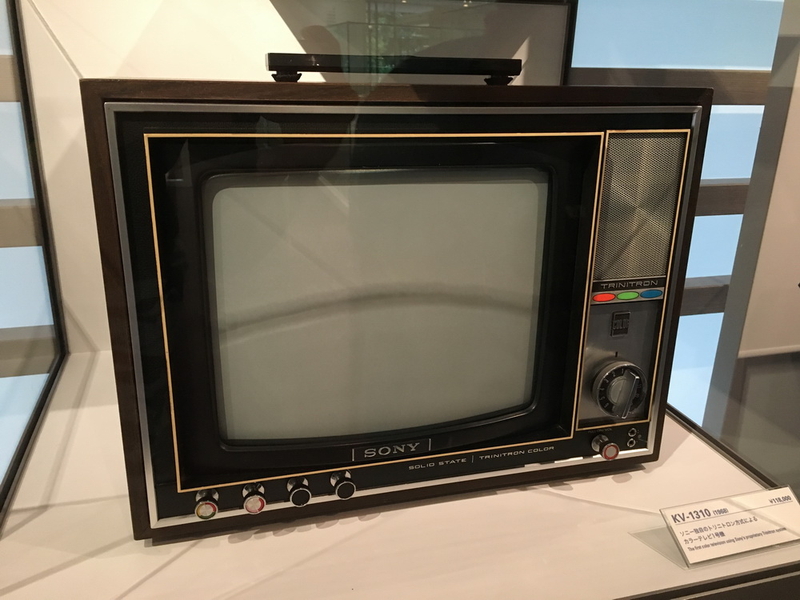
The first Trinity TV KV-1310 introduced by Sony in the 1980s with inter-temporal significance
However, in recent years, the king we are familiar with seems to have been a little tepid, although new products have been introduced every year, but the technology and picture quality do not have the kind of progress across the times, and at the same time it gradually tends to cater to market trends. Launched slim and smart TVs. Of course, in the current context, it can't be said to be a wrong decision, but for many senior cable powders, it's inevitable that there will be a slight loss. In fact, even if competing against other aspects, we also have to surrender to Sony's strong technical strength, they truly interpret the idea to do the best, such as last year's Sony X9000C LCD also achieved the world's thinnest 4.9mm, so that ultra-thin The well-known OLED TVs all look good.
However, in the high-end areas, image quality is the only criterion for judging good and bad. It is urgently necessary to become a classic product and rejuvenate Sony's glory. Fortunately, Sony did not let us wait too long, this year took out their own killer, brought the latest generation of artifact Z9D TV.
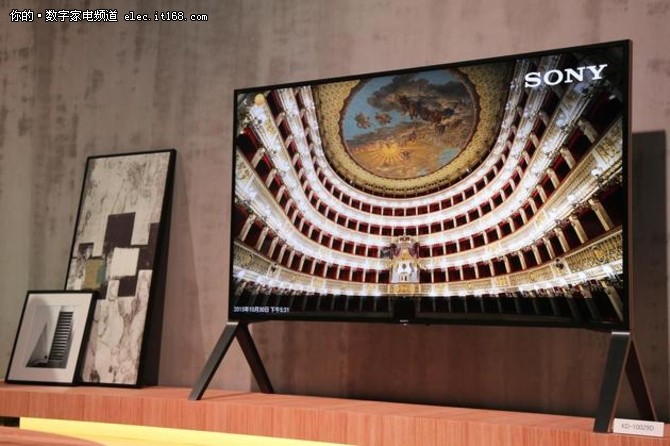
Sony Z9D series TV
One of the core technologies of the Sony Z9D series TVs is the "Backlight Master Drive (Master Edition)". This technology has innovatively changed the layout of side-type backlights commonly used in current LCD TVs by using high-density The direct-type matrix backlight achieves precise control of picture brightness. Sony also significantly reduced light scattering on conventional full-matrix LED TVs by concentrating scattered LED light to one point, resulting in higher color contrast and a wider color gamut.
In order to further explore the technical implementation principle of the latest flagship Z9D, we made a special trip to Sony TV's headquarters building in Tokyo, Japan, and conducted in-depth discussions and exchanges with the chief designer of Sony products. We also had a deeper understanding of the latest Z9D. To understanding.
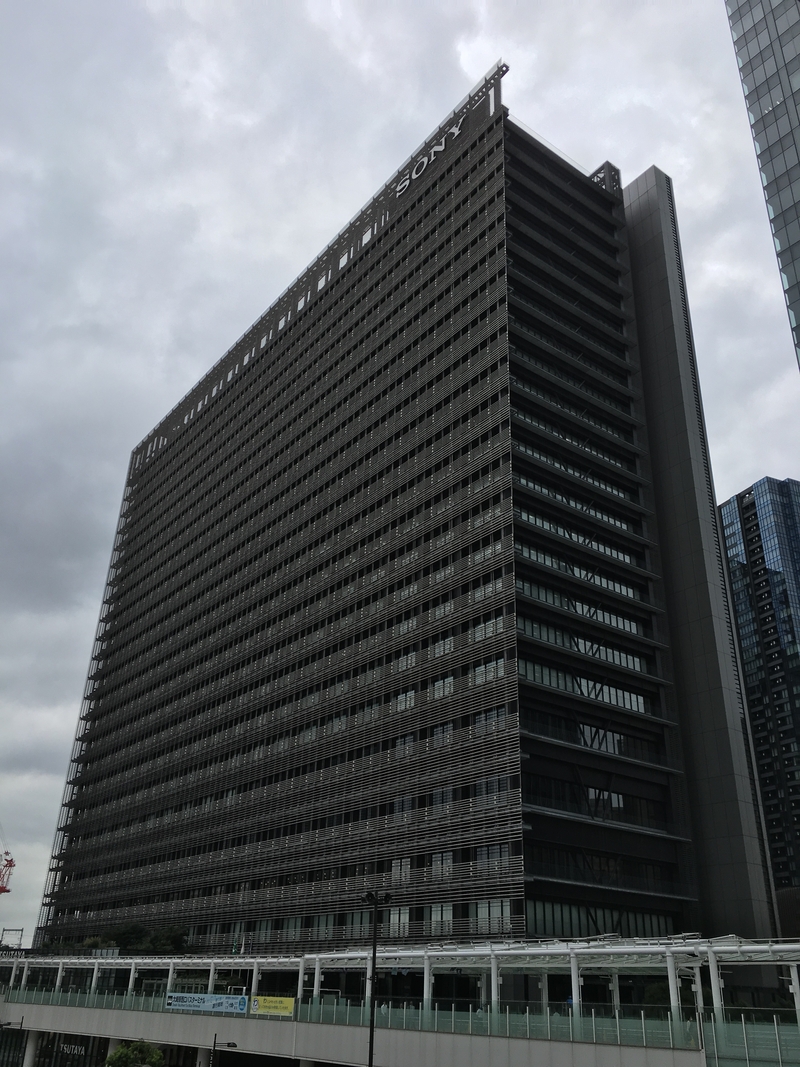
Sony TV Division headquarters building in Tokyo, Japan
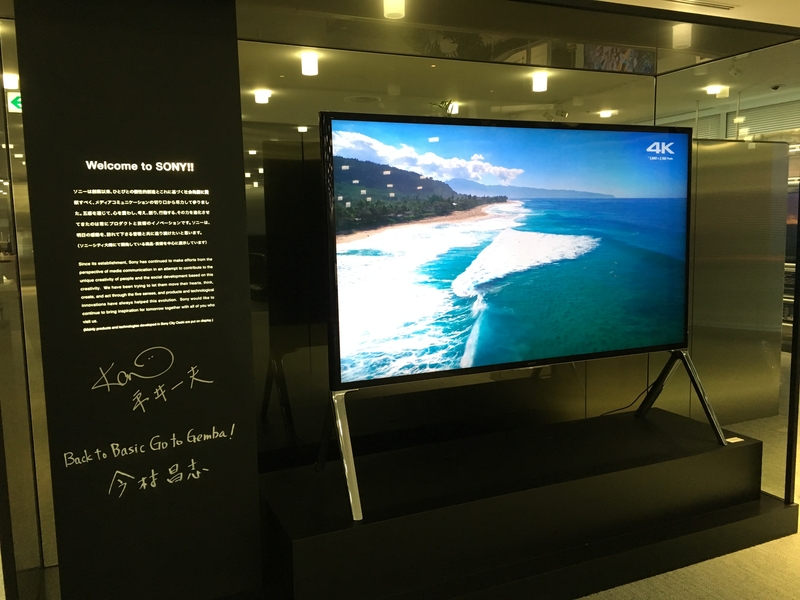
Sony 4K TV set in Sony Experience Hall
It should be noted that a good picture quality of a TV is the result of a combination of panels, backlight modules, and control chips, and any LCD TV is no exception. To explore the source of Sony's Z9D image quality, we must first start with the internal structure. Among the most important enhancements in the Z9D are two: "Dynamic Backlight System - Master Edition" and "Advanced X1 Image Processing Chip." It sounds like these two technologies seem to be only an upgraded version of the previous technology, but in fact, after a detailed understanding, it can be said that the changes are quite large and have reached a qualitative level.
First of all, say dynamic backlight system - Master Edition. We know that the backlight of traditional TV is divided into direct type and side-entry type. In the beginning, many high-end TVs use direct-type backlight, but due to the continuous development of side-entry backlight technology in recent years, coupled with the pursuit of manufacturers. The reasons for maximizing profits, side-entry backlight systems have become the mainstream in the current market, and only a few high-end TVs will use direct-type backlight systems, and the Sony Z9D is, in principle, a direct-type backlight, but this alone Not enough to explain his differences. Because the direct-type backlight system in the traditional sense is to divide the backlight module into several areas, as few as several partitions, as many as hundreds. For example, Toshiba TV CELL TV used 512 LED backlit arrays, which is the previous limit.

Dynamic Backlight System - Master Edition
   So how does Sony Z9D do it? It actually did a separate control switch for each LED lamp. In theory, as long as there are a number of LED lights, there will be a number of sub-zone controls. To know that the LED density of the Z9D has reached the highest in the current TV, the amount of calculations can be It is said to break through the limits of any television in the past. Although Sony did not disclose the specific number, the author can infer that the quantity is at least a few thousand by using the on-site demonstration module, which is amazing.
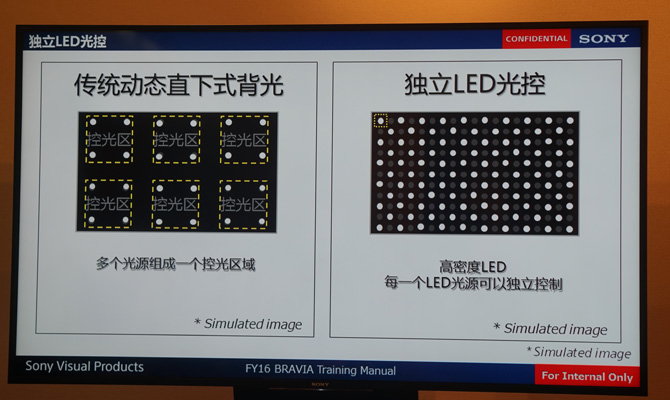
Traditional direct backlight and independent LED light control
In addition, the LED backlight structure of the dynamic backlight system - Master Edition has also been redesigned, the new LED cluster structure allows the light source to gather at one point, effectively avoiding the light diffuse reflection phenomenon that is easily produced by the traditional LED backlight, and the backlight control is more accurate. Leakage is no longer a concern for LCD TVs.

New bundled LED structure
   Of course, the LED itself has also been upgraded, Sony has completely solved the heat dissipation, LED particle monomer control and overall efficacy management and other issues, it is precisely because of Sony's persistent pursuit of image quality technology and continuous breakthroughs, only let this epoch-making Conceptual products are produced in volume in such a short time.
After the hardware changes, let's look at the core brain parts. Sony Z9D series is also equipped with a newly upgraded 4K HDR image processing chip X1 Extreme, this chip for color, clarity and HDR three unprecedented precision repair and optimization, so that television achieve amazing picture effect. The technology consists of HDR dynamic item-by-item reshaping technology, dual image database, and 4K HDR 14-bit smooth gradual change.

4K HDR image processing chip X1 Extreme
Here we still need to introduce the HDR first, as the most fiery concept in the current market, and now basically the new TV release will use it to say things. HDR is a high dynamic range, which can display more details of highlights and shadows while bringing richer colors and more in-depth and natural details to the picture, thus making the television picture closer to the human eye. With the "dynamic backlight system - Master Edition" and "X1 image processing chip advanced version" killer after two blessings, Sony Z9D HDR can be said to be even more powerful, the peak brightness directly throw off other television a few streets away.
The X1 Extreme chip also boasts HDR dynamic item-by-item reshaping technology that accurately detects and analyzes every object in the picture and gives the best optimization algorithm. The chip will also adjust the overall contrast of the picture to achieve a more natural rendering effect. After such two rounds of optimization, the TV can exhibit extremely realistic lighting effects, and various shade contrasts, gradients of light intensity, and even halo performance will become more realistic and natural.
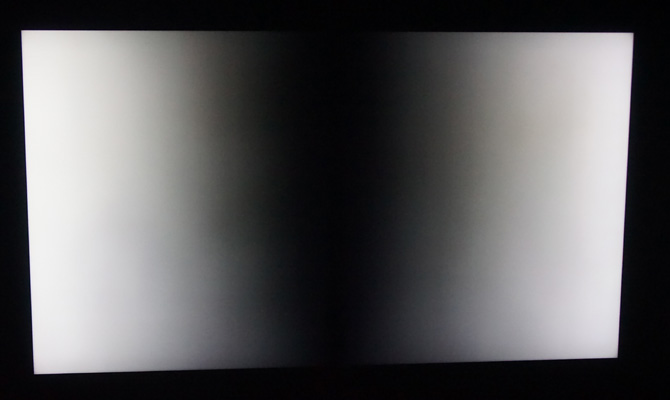
4K HDR 14-bit Smooth Gradient Technology
   The X1 Advanced Edition can also achieve 4K HDR 14-bit smooth gradation, which means that new TVs can exhibit super-numerical grayscale numbers. When watching TV, I believe that everyone has seen the color fault of the screen. This is not because the color of the TV screen is not fully displayed. On the contrary, due to the strong color performance of TV screens, the in-house chip's color management capability is relatively insufficient. It only led to the appearance of color faults. The 4K HDR 14-bit smooth gradation technology analyzes the image frame by frame and performs 14-bit smoothing on the image to fully optimize the gradation and achieve a lower gradation, thereby achieving a more natural color transition.
Written in the final: Z9D's release, so that Sony in the high-end TV market once again stood in the vantage point, but also set a new benchmark for other TV brands. Of course, this is far from Sony’s ultimate goal. Like Sony’s chief engineer Mr. Ogura Ogura, Sony’s ultimate goal is to achieve a TV picture quality that is completely in line with the real world, and finally reach a real realm realm! Dreams shine into reality. For Sony, which has always been a dream-seeking company, nothing is impossible to achieve. We also look forward to Sony's new products in the future.
High security:
As a positive electrode material, lithium iron phosphate has a low risk of thermal runaway, and it is not easy to explode or catch fire even at high temperature or overcharge, and has a high safety.
The P-O bond in the lithium iron phosphate crystal is stable and difficult to decompose, and the decomposition temperature is about 600 ° C, so even at high temperatures or overcharging, it will not collapse and heat or form strong oxidizing substances like lithium cobalt oxide.
Long life:
Lithium iron phosphate batteries have a long cycle life, usually reaching more than 2,000 cycles, and are more durable than other lithium-ion batteries.
Under the same conditions, the life of lithium iron phosphate batteries can reach 7-8 years, far more than lead-acid batteries.
Fast charging:
Lithium iron phosphate batteries have low internal resistance and can tolerate higher charging currents, so fast charging can be achieved, and the battery can be fully charged in about 1-2 hours.
High discharge rate:
Lithium iron phosphate batteries can provide higher discharge rates and are suitable for applications requiring high power output, such as power tools, electric vehicles and energy storage systems.
Environmentally friendly and renewable:
Lithium iron phosphate batteries do not contain heavy metal harmful substances, have little impact on the environment, and their materials can be almost completely recycled and reused, with high renewability
51.2V Lithium battery,51.2V Lifepo4 battery,51.2V solar energy system,51.2V battery energy system
Foshan Keylewatt Technology Co., LTD , https://www.keylewatt.com